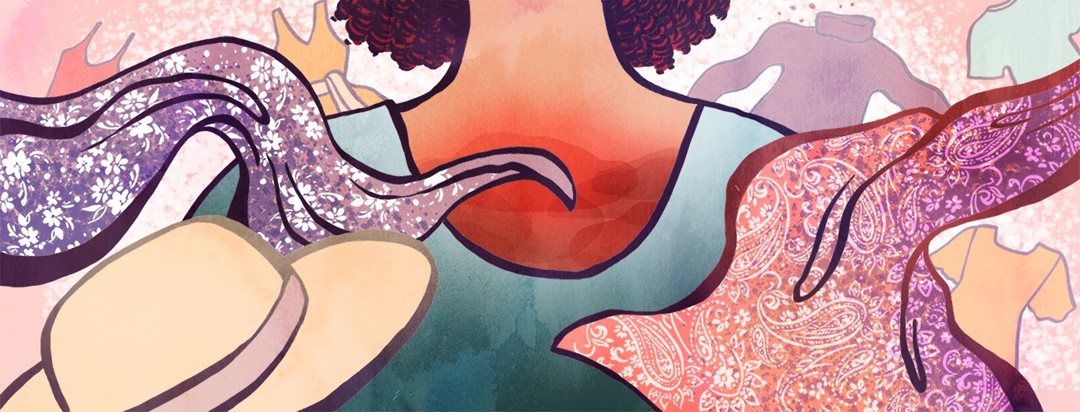Efudex: To Cover or Not
There are plenty of things we don’t exactly want the world to see. It starts when we are teens with those first few zits and builds from there. From bad hair days to crows’ feet and frown lines, we tend to hide things we deem unsightly. The effects of Efudex can sometimes be counted as one of those items. During the height of treatment, Efudex can cause the skin to become red and irritated as it cracks open in some places. Your first instinct will likely be to cover it - you’ll want to think twice about how you do that, though.
Should I cover my Efudex-treated skin?
My first round of Efudex was in 2014, and I treated my chest from collarbone to breast. It was a rather large area, and I was nervous about keeping it covered. Being on my chest, however, it was rather easy to hide in the first couple of weeks. As the days passed, my skin grew more and more inflamed and sore. I was torn between wearing tops and dresses with low necklines to prevent the fabric from touching my tender skin and keeping it covered.
Lightweight scarf to the rescue
I searched high and low for a solution to my problem. Every move I made hurt, and I needed something to keep my third graders from having to see the more gory side of my treatment all day long. Fortunately, my treatment was scheduled for the fall, and covering the redness was a little easier than it would have been in the heat of summer. The answer to my problem was a lightweight scarf. By wrapping it around my neck and letting it drape very loosely across my chest, I was able to cover the area with the material hardly touching my skin.
Do not tightly cover
Covering your treated skin is tricky. I have seen many people ask about bandaging the treated area. I admit, during my first treatment, I asked a similar question. My dermatologist always recommends that the treated skin be exposed to the air and allowed to dry without being covered tightly. Bandaging? A huge no-no.
Cover options
Any clothing item you can find that will provide you with peace of mind without tightly covering the treated skin is preferable to using wraps or bandages. My scarves allow the irritated skin to breathe as the cream is fully absorbed. Whether you are treating your face, neck, or chest, here are some suggestions for covering your irritated skin:
- Scarves
- Bandanas
- Caps and hats with attached sun veils
- Broad-brimmed hats
- Turtle necks (only when your skin isn’t especially tender)
It's not easy, but you can do it!
Whatever loose covering you opt for or whether you choose to leave your treated skin to breathe freely, know that you are making the right choice. A light covering may serve to give you peace of mind in the most difficult days and during the healing phase. Alternately, leaving your skin somewhat exposed allows it to dry out and heal more quickly while providing you with the perfect opportunity to answer questions that may come your way. Either way, you are being proactive and advocating for skin cancer awareness. It’s a tough road, but you are ready for it.

Join the conversation